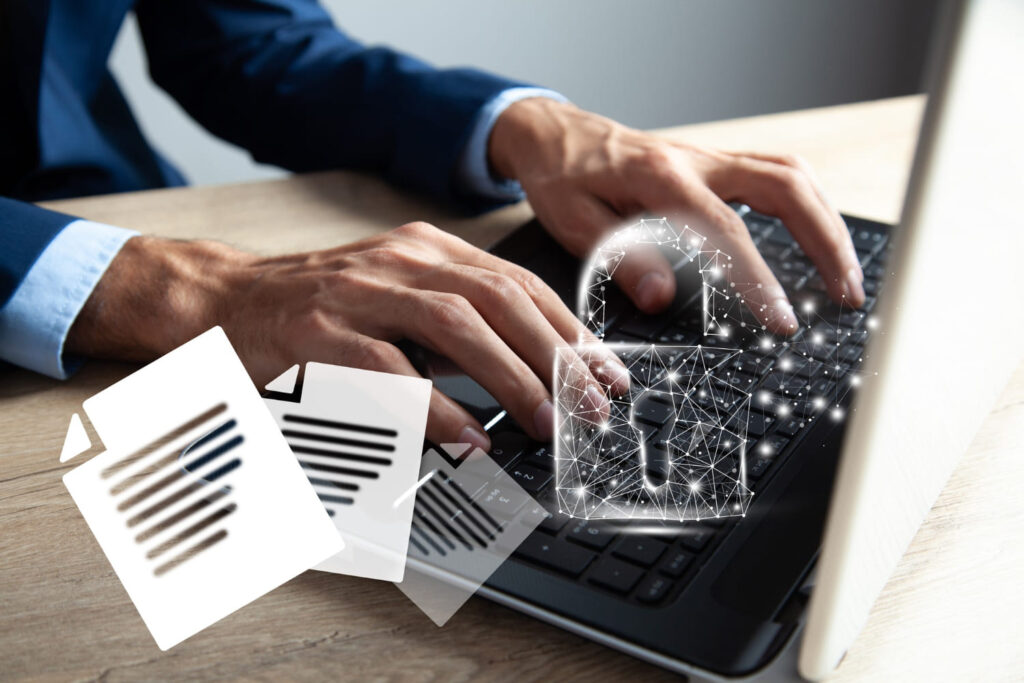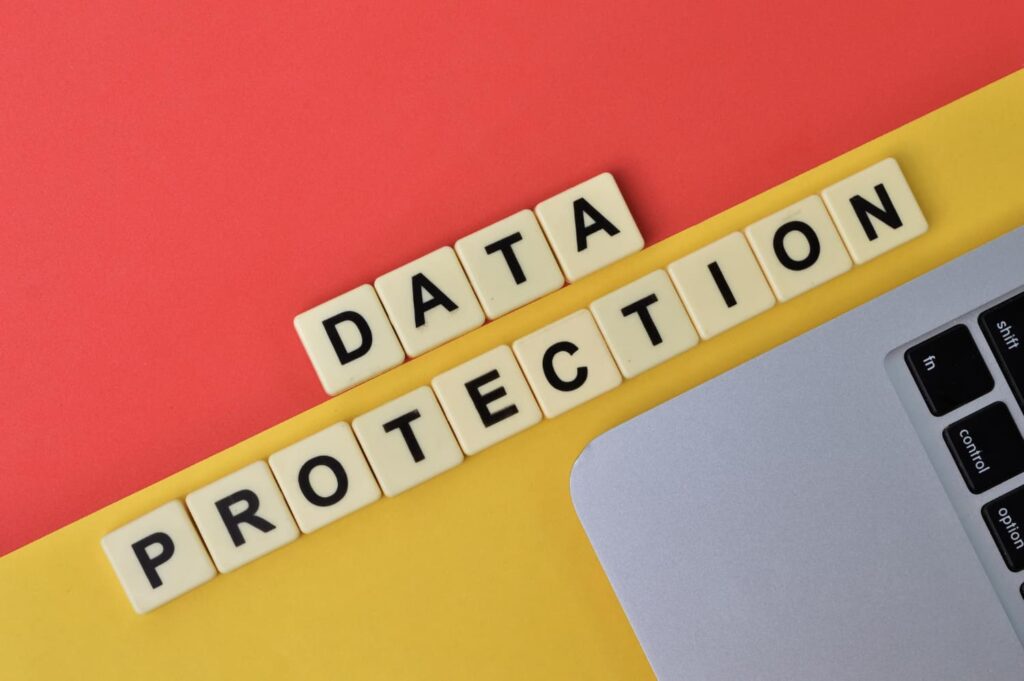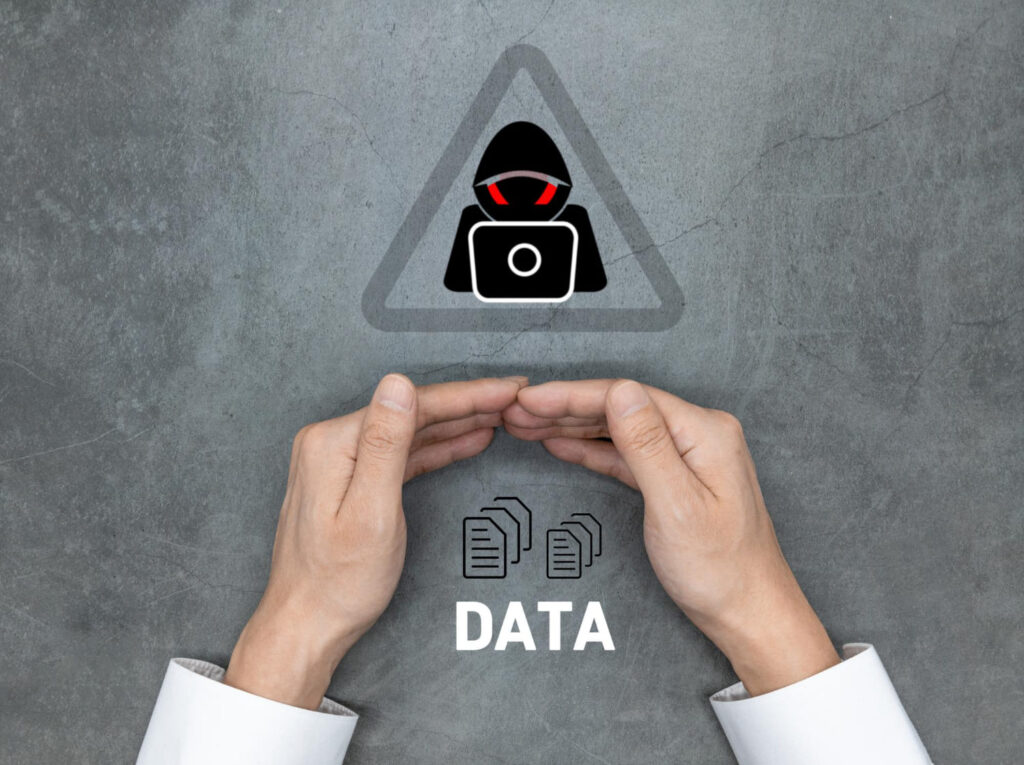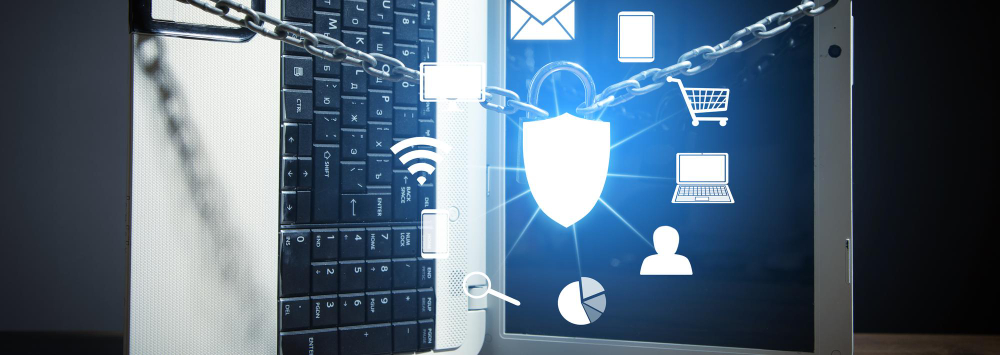
Cyber Security
Safeguarding Strategies: Advanced Data Loss Prevention
 Andrea Abbondanza ,
23 Jan, 2024
Andrea Abbondanza ,
23 Jan, 2024
Data loss prevention (DLP) is a crucial part of every organization’s cybersecurity strategy. However, as cyber threats become more sophisticated and diverse, standard DLP solutions may need help addressing evolving concerns.
Ahead, we will look at some of the advanced DLP approaches that can help you improve your data privacy and security, covering the definition, how it works, why it is necessary, the types of data prevention, and expert recommendations.
Read on to delve deeper into the world of advanced DLP!
What is Data Loss Prevention (DLP)?

If you’re familiar with ransomware, malicious software that encrypts the victim’s data and demands a fee to decrypt it, you’re actually seeing a data loss prevention (DLP) threat. But what is DLP?
In short, DLP—or data leak prevention, extrusion prevention, or information loss prevention—is the process of protecting sensitive or secret data from being leaked, stolen, or compromised by unauthorized persons.
Organizations typically include DLP as a data security plan to preserve their digital assets, comply with rules, and minimize reputational damage.
DLP can be deployed at many levels, such as network, endpoint, storage, or cloud, and can use various approaches, including data finding, classification, encryption, masking, monitoring, and data blocking.
How Data Loss Prevention Works

DLP monitors, detects, and safeguards sensitive or confidential data against unauthorized users’ access, abuse, or loss.
It scans data in motion, such as network traffic or email attachments, data at rest, such as files or databases, and data in use, such as programs or processes. This way, both data leaving or entering an organization network are safely guarded.
Policies and rules to control how data is treated using the DLP method vary, such as blocking, encrypting, masking, or alerting.
For instance, a DLP solution blocks an employee from sending an email to an external recipient containing a customer’s credit card number or a hacker from downloading a company’s trade secrets to a USB drive.
Nowadays, key features to look for in DLP software include compliance with relevant regulatory frameworks such as HIPAA or GDPR without imposing too many barriers on the users.
Why Data Loss Prevention is Important

Data is one of an organization’s most precious assets, and losing it can result in significant financial losses, legal penalties, reputational damage, or operational disruption.
For instance, if a hospital loses patient records due to a cyberattack or human error, it may face lawsuits, fines, loss of confidence, and an inability to provide excellent care.
Research reported nearly 6 billion data security incidents in 2023 alone. The incidents involved unprotected real estate wealth networks, kids’ security, and IT company data.
These massive numbers imply the significance of DLP for any organization. As a result, the Global Data Loss Prevention (DLP) market is expected to grow significantly between 2023 and 2030 after growing steadily in 2022, with key players adopting new strategies.
Types of Data Loss Prevention

DLP comprises several types, including the following:
Protecting data in motion
Data that move around frequently inside an organization’s network are easy targets for external data breaches to attack by rerouting the data. However, DLP software aids in securing the data and ensuring it won’t go misrouted.
Endpoint DLP
DLP can also safeguard devices at the endpoint level, such as computers, laptops, tablets, smartphones, and other IoT devices. These devices that connect to and communicate with a network are often targets for cyberattacks. Hence, the DLP blocks the critical data so it won’t be copied or encrypted during transfer.
Cloud DLP
Cloud-based Software as a Service (SaaS), corporate collaboration applications, or video conferencing services also need protection; this is where cloud DLP ensures no leak of sensitive information.
Data identification
Automated data classification and discovery tools are vital for businesses to streamline reliable and accurate data identification. This way, they won’t need to rely more on human decisions in handling the data.
Protecting data at rest
Besides data in motion, DLP also protects data at rest, such as data in cloud repositories, mobile devices, computers, databases, and other storage.
Data leak detection
This DLP technique monitors unusual behavior inside a network to detect potential threats of data leaks.
Experts Weigh in on Data Loss Prevention

Let’s take a look at what experts say about data loss prevention!
Encryption is important
“[…] We believe […] that encryption is a must for protecting what is one of the most valuable assets we manage—data.” — Kathy Brown, CEO, Internet Society.
“Encryption is overwhelmingly a good thing […] it keeps us all safe and secure.” — Robert Hannigan, Chairman of BlueVoyant, BBC Radio interview.
Data protection is everyone’s job
“[…] one of the key strategies to minimize the risk of a data breach is to focus on training the people who use and collect customers’ personal information, “— Daryl Allegree, a Regional Risk Engineer and member of Zurich’s Alternative Markets Risk Engineering team.
“At the core of a cyber security program is employee training. […] Awareness training with employees has shown to have a very good return on investment, much more than some of the technology solutions which require ongoing management to keep effective.” — Nikki Ingram, Senior Cyber Security Risk Engineering Consultant.
Be mindful of insider threats
“Unfortunately, internal employee threats are a very real problem, and if an employee is seeking revenge, they can do a lot of damage to an organization and its data,” — Adam Page, Chief Information Security Officer for Zurich North America.
Frequently Asked Questions
What are the common causes of data loss, and how can DLP mitigate these risks?
Some of the common causes of data loss are human errors, hardware failures, software glitches, weak cyber resilience, natural disasters, and theft. DLP can mitigate these risks by identifying, monitoring, and protecting sensitive data from unauthorized access, misuse, or loss.
Is data loss prevention only relevant for large enterprises, or is it also beneficial for smaller businesses?
Data loss prevention is relevant and beneficial for large and smaller enterprises, as they both need to protect their data from misuse, unauthorized access, or loss.
Can data loss prevention solutions adapt to the evolving nature of cyber threats, and how frequently should they be updated?
Yes, data loss prevention solutions can adapt to the evolving nature of cyber threats by using advanced techniques such as machine learning, anomaly detection, and behavioral analysis. They should be updated at least once every year to keep up with the latest threats and regulations.
Conclusion
Data loss prevention (DLP) is critical in today’s digital age, encompassing a comprehensive approach for securing all types of data besides external threats. Experts emphasize the significance of encryption, employee training, and awareness of internal threats.
DLP is more than just a set of tools; it is a way of thinking embedded in an organization’s overall security culture. As cyber threats evolve, so should our DLP approaches, making it a vital and continuing commitment.
If you need further help with data loss prevention strategies for your business, contact Fluxgate now!







